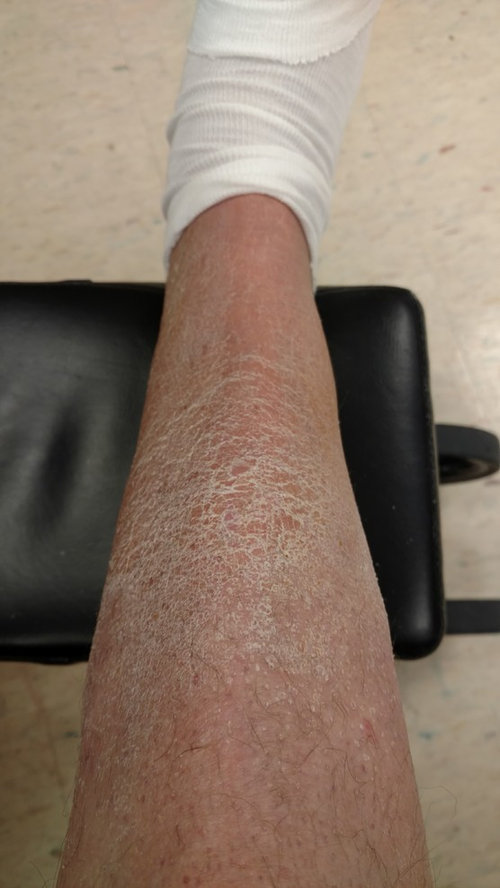

But it is better to seek medical help!įirst, an X-ray should be taken. To avoid irritation and dryness of the skin, lubricate your skin with a moisturizer. Then, with a soft dry towel, dry it with blotting movements. Immediately after removing the plaster, it is necessary to wipe the area of \u200b\u200bthe skin under it, clean water with the addition of a small amount of alcohol.

In order not to damage the surface of the plaster-cast part of the body, cut off the plaster in small pieces. Once you are satisfied that it is sufficiently saturated, you should slowly and carefully cut the bandages and plaster. To do this, you need to wet it well with clean warm water, put a wet towel on top, and let the plaster soak for 15–20 minutes. To remove the plaster without medical attention and special tools, you must soften it.

It must be remembered that the muscles are weakened - and any sudden movement can cause pain.įor self-release from plaster you need: warm water, a towel, scissors with rounded ends. When removing, you should be extremely careful and attentive. You can independently release the cast part of the body only when you are sure that the fracture has healed. Thanks to the plaster technique, it is possible to fix the damaged area for further recovery and treatment. Gypsum is used for bone fractures, disorders of the functioning of the musculoskeletal system. Health professionals apply a plaster cast to immobilize the damaged area of \u200b\u200bthe body. Due to these qualities, it is actively used in medical practice, being the basis of a plaster cast. Gypsum provides reliable fixation and hardens quickly. It is obtained by calcining a gypsum stone (sulphate lime) at a temperature not exceeding 130 ° C. Learn more about our F racture Clinic and walk-in hours or call 46 to schedule an appointment.Gypsum is a white or yellowish powder, a mineral from the sulfate class.
:max_bytes(150000):strip_icc()/91497147-56a2ae943df78cf77278c310.jpg)


 0 kommentar(er)
0 kommentar(er)
